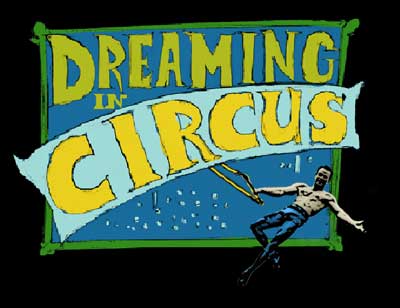Structuring Biographical Documentary Films
Last week I had the privilege of moderating The Lab’s Rough Cut series in San Francisco. The documentary-in-progress, Dreaming in Circus, was a biography of Tony Steele, a 72-year-old world-famous flying trapeze artist. Director Darin Basile, a first time filmmaker, had found a wonderful character in Tony, but he was wrestling with the film’s choppy structure. He encountered a problem that many makers of biographical documentaries face. How do you structure what often ends up being two stories?
I ran into this problem in my own biographical documentary of Marlon Riggs, a gay black film maker with AIDS who created soul-searching art at a furious pace. I Shall Not Be Removed: The Life of Marlon Riggs had two stories: past and current. The first story in these kinds of bio pics chronicles the public figure’s rise to fame and illustrious career. The film material primarily relies on talking heads, photographs, archival footage, and (with the case of the Marlon Riggs biography) movie clips. Often with this type of biography there is a second story, beginning when the director picks up the camera and begins filming the subject, often late in the subject’s life. This story or portrait relies primarily on verite footage and talking heads.
Here’s the rub: if you structure your documentary chronologically, you face the problem of a bifurcated structure, an archive-heavy first half and a verite-heavy second half. Of course it is possible to make this shift in style work to your advantage, which is what I did in I Shall Not Be Removed, the Life of Marlon Riggs. The build up to the verite scenes energized the second half of the documentary. But generally in biographies, the real narrative and the meaty plot events happen early in the film, leaving the second half weak on plot twists, and thus less engaging. Director Basile’s instinct to weave both the past and present day stories was a good one, but resulted in a choppy and at times episodic feel.
Our Rough Cut audience had several suggestions. The best solutions as I see it are three-fold. First, keep each of the two timelines relatively chronological. Multiple backstories, which might have worked fine in a single storyline, tend to disorient the viewer who is being asked to track dual arcs. Second, if the back and forth is a bit bewildering, then stay with each storyline longer. In other words, don’t cut from story A to story B and back to story A again quite as often. Third–and here you will rely on a clever editor and astute story consultant–craft seamless transition from one storyline to another through the use of transitional devices such as music stings, special effects, cuts on wipes, etc.
Even as a work in progress, Dreaming in Circus is a highly inspirational film. I hope you will see this fine documentary when it is tightly crafted and polished. For more information on how to craft a biographical documentary, check out my online self study course, Editing the Character Driven Documentary, on my website.
Go to http://www.newdocediting.com/land/editingdocumentaryecourse/
